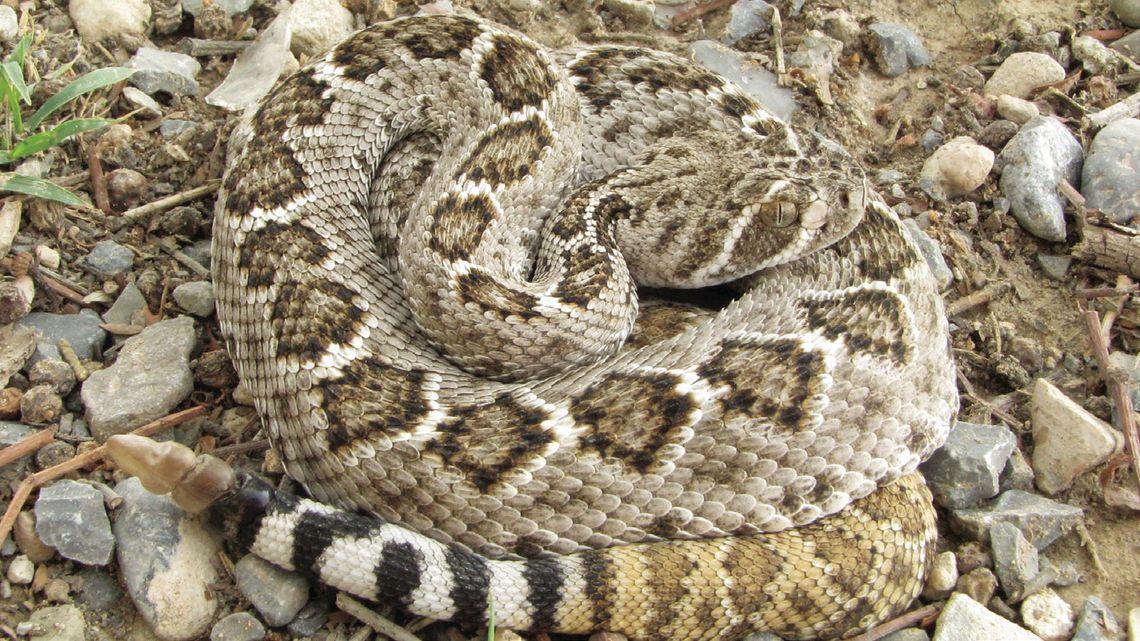There are times when I write this column that the information about an animal is scarce and a little difficult to come by. However, at other times the material that is available is almost overwhelming. There is so much information (true and false) that I would like to present that a column like this would quickly take up more space than is allowed, and such is the case with the Western Diamondback Rattlesnake.
The Western Diamondback Rattlesnake (Crotalus atrox) occurs from central Oklahoma through the western two/thirds of Texas westward to the southeastern border of California south to the state of San Luis Potosi, Mexico. In Texas, it is the most commonly encountered venomous snake in the Trans-Pecos eco-region, as well as the Tamaulipan thornscrub of south Texas. It is a habitat generalist, occupying a variety of habitats ranging from desert scrub near the Permian Basin to high elevation pine-oak forests of the Davis Mountains.
Western Diamondbacks are the second largest venomous snake in the United States, slightly exceeded in size only by the Eastern Diamondback Rattlesnake of Florida and other east coast states. It is by far the largest venomous snake that occurs in Texas. Adult Western Diamondbacks can achieve lengths of up to seven feet in length, although just like in humans, the average is much smaller than this.





















